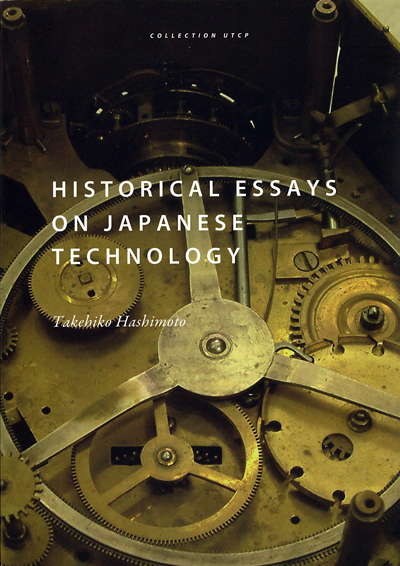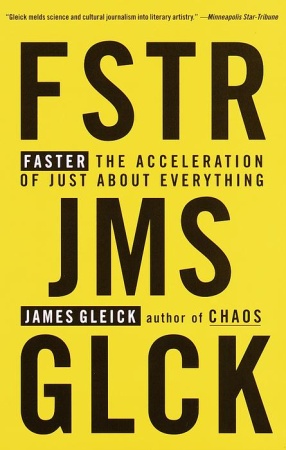Takehiko Hashimoto: Historical Essays on Japanese Technology (2009)
Filed under book | Tags: · clock, engineering, history of science, history of technology, japan, science, technology

A collection of papers the author published from 1992 to 2008 on a variety of topics about the history of Japanese technology, from the end of the Edo period to the present.
Publisher The University of Tokyo Center for Philosophy
Collection UTCP series, Vol. 6
ISSN 1881-7637
213 pages
Catherine Pagani: “Eastern Magnificence & European Ingenuity”: Clocks of Late Imperial China (2001)
Filed under book | Tags: · 1500s, 1600s, 1700s, automata, china, clock, history of technology, time

“The period from the late sixteenth to the late eighteenth centuries was one of complex change for the Chinese. Europe was eagerly looking to the East with an interest in developing a China market, not just in commercial and diplomatic enterprises but in evangelical ventures as well. The resulting contacts produced significant cultural exchanges and appropriations, as well as misconceptions and stereotypes. Profoundly affected by these interactions were the areas of technology and the decorative arts. Europe became enamored of Chinese style, and a fashion known as chinoiserie permeated the decorative arts. In China, one result of Sino-European contact was the introduction of a new and important technology: the Western mechanical clock.
Called in Chinese zimingzhong, or “self-ringing bells,” these elaborate clocks were used as status symbols, decorative items, and personal adornments, and only occasionally as timepieces. Most importantly, they were signifiers of cultural power: Europeans, whether missionaries or ambassadors, controlled the introduction of both object and technology, and they used this control to advantage in gaining access to the highest reaches of Chinese society.
Through her focus on technology and the decorative arts, Catherine Pagani contributes to an overall understanding of the nature and extent of European influence in late Imperial China and of the complex interaction between these two cultures. This study’s interdisciplinary approach will make it of interest to those in the fields of art history, the history of clockwork and of science and technology, Jesuit history, Qing-dynasty history, and Asian studies, as well as to the educated general reader.”
Publisher University of Michigan Press, Ann Arbor, 2001
ISBN 0472112082, 9780472112081
286 pages
See also Volume 4-2 (part j) of Joseph Needham’s Science and Civilisation in China
Comment (0)James Gleick: Faster: The Acceleration of Just About Everything (1999)
Filed under book | Tags: · clock, multitasking, speed, television, time

From the bestselling, National Book Award-nominated auhtor of Genius and Chaos, a bracing new work about the accelerating pace of change in today’s world.
Most of us suffer some degree of “hurry sickness.” a malady that has launched us into the “epoch of the nanosecond,” a need-everything-yesterday sphere dominated by cell phones, computers, faxes, and remote controls. Yet for all the hours, minutes, and even seconds being saved, we’re still filling our days to the point that we have no time for such basic human activities as eating, sex, and relating to our families. Written with fresh insight and thorough research, Faster is a wise and witty look at a harried world not likely to slow down anytime.
Publisher Pantheon Books, 1999
ISBN 0679408371, 9780679408376
Length 324 pages
PDF (PDF’d HTML)
PDF (PDF’d HTML)

